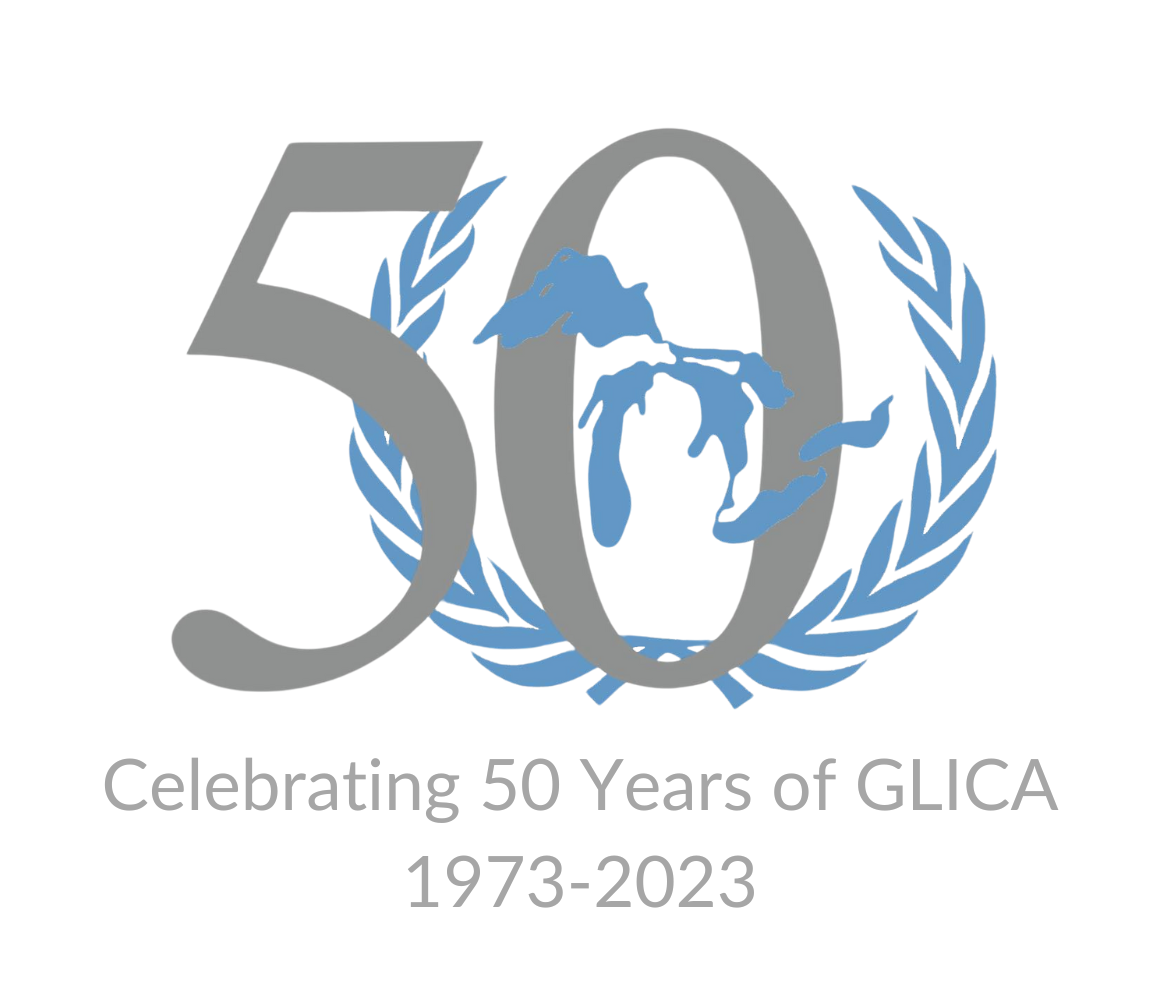Combating Racism and Xenophobia
- Home
- »
- Past Position Papers and...
- »
- GLIMUN 2019 Committees
- »
- Combating Racism and Xenophobia...
General Assembly: Social Humanitarian & Cultural Committee (SocHum)
Topic: Combating Racism and Xenophobia
Xenophobia and racism are two related but distinct terms. Xenophobia is defined as a prejudice against all that is foreign, while racism is prejudice based on a perception of racial inferiority, drawing from a hierarchical system. Historically, xenophobia and racism have played a role in creating systematic forms of discrimination throughout the world, often resulting in violence, and even from time to time culminating in genocide. Countries as varied as South Africa and the United States have at various times put in place race-based hierarchical systems – apartheid in the former, and the Jim Crow laws in the latter. Among history’s most significant cases of xenophobic and racially-motivated violence are the Holocaust and the Rwandan Genocide.
The global community is currently experiencing an uptick in xenophobia and racism. While these are not new phenomena, they are made increasingly visible through ever-expanding use of the Internet and social media. Xenophobia and racism have become particularly prevalent with the uptick in migration following the 2015 “Refugee Crisis.” Due to conflict and political turmoil in parts of the Middle East and North Africa, Europe has experienced an influx of migrants, particularly along the Mediterranean. While Italy and Greece host many of these migrants, the European Union (EU) continues to struggle with equitable distribution. And although the Brexit process in the United Kingdom is motivated by a variety of cultural, economic, and political factors, xenophobic sentiment can likely be numbered among them. The United States is in the midst of a debate over migration policy, centering on issues such as a potential border wall along the southern border with Mexico, and the 2017 “Travel Ban” targeting Muslim-majority nations. In hand with these negative sentiments toward migrants, racially-motivated violence and discrimination have become prevalent, mirrored by the rise of far-right, populist political parties.
In an increasingly globalized world, countries are becoming more heterogeneous. With such diverse communities comes the risk of increased discrimination, and even violence. The prevalence of extremist political groups across the Western Hemisphere creates potential for xenophobia and racism to become further ingrained in political culture, and even enshrined in law. Can migrants and minorities have their human rights, as defined by the Universal Declaration of Human Rights, adequately protected in societies where xenophobic and racist ideologies hold sway? How can the United Nations combat the spread of xenophobia and racism both socially and structurally? What role do hate crimes and hate speech play in the perpetuation of xenophobia and racism?


